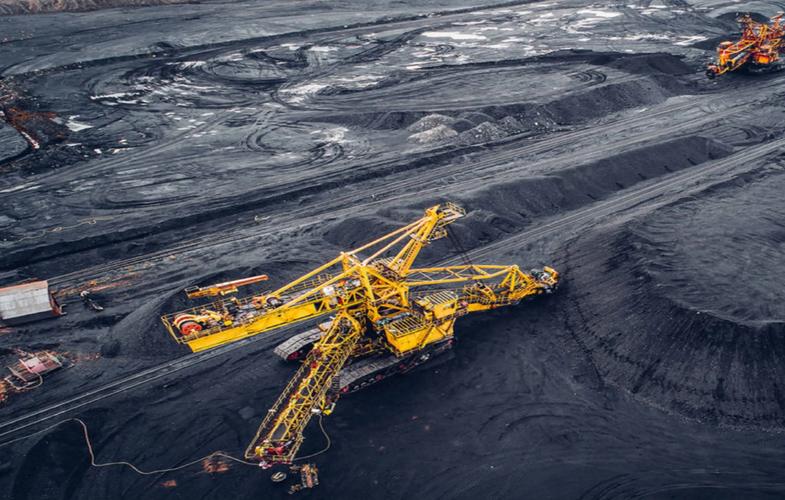**Uranium vs. Coal: The Hidden Twins Powering Your Life**
(What Do The Energy Resources Uranium And Coal Have In Common?)
You flip a light switch. Your phone charges. Your fridge hums. Behind these everyday moments lurk two ancient energy giants: uranium and coal. One comes from decomposed plants buried for millions of years. The other forms from cosmic stardust and geological chaos. They seem like opposites. But dig deeper, and these energy titans share secrets you’d never guess.
Both are fossil fuels. Wait—uranium? Yes. The term “fossil fuel” usually makes us think of coal, oil, or gas. But uranium, like coal, is a non-renewable resource dug from the ground. Both took nature millions of years to create. Coal formed from swampy forests crushed under rock and time. Uranium emerged from supernova explosions, settling into Earth’s crust as radioactive ore. Once we use them up, they’re gone for good.
Getting them out of the ground looks similar too. Miners dig deep tunnels or strip vast landscapes. Coal mines carve open pits or burrow underground. Uranium mines do the same. Both processes rip apart ecosystems. They pollute water, displace wildlife, and leave scars on the land. Mining either resource isn’t pretty. It’s dirty, dangerous work.
Next, they travel. Coal rattles on trains or barges to power plants. Uranium rolls in shielded trucks or trains to reactors. Both need careful handling. Coal dust can explode. Uranium ore? It’s radioactive. Spill either, and you’ve got a problem.
At the power plant, their jobs differ—but not as much as you’d think. Coal burns in furnaces, heating water to spin turbines. Uranium atoms split in reactors, heating water to spin…turbines. Different methods, same endgame: make steam, create electricity. Both feed the same grid. Your TV doesn’t care if neutrons or flames powered it.
Both leave behind waste. Coal pumps carbon dioxide into the air, warming the planet. It spews sulfur and mercury, poisoning lungs and rivers. Uranium waste glows with radioactivity for thousands of years. Store it wrong, and it contaminates everything nearby. Neither is clean. Both force tough choices.
They shape economies. Coal mines once built towns. Uranium mines still do in places like Kazakhstan or Canada. Power plants need workers—engineers, technicians, safety crews. Both industries lobby governments. They fight regulations. They promise jobs. They spark debates.
Here’s the twist: both are middlemen. Coal stores sunlight captured by plants 300 million years ago. Uranium holds energy from dying stars billions of years past. We’re burning ancient sunlight and stardust. Every time you charge a laptop, you’re tapping into Earth’s deep history.
The world wants to ditch both. Solar panels and wind turbines don’t need mines or radioactive waste. But change takes time. Coal still powers 35% of global electricity. Uranium fuels 10%. For now, these unlikely twins keep the lights on. They’re rivals, yet partners. One fuels the past’s legacy. The other? Maybe the future’s bridge—or its burden.
(What Do The Energy Resources Uranium And Coal Have In Common?)
So next time you turn on a lamp, remember: two underground giants worked overtime for that glow. One’s black rock, the other a radioactive metal. Different paths, same destination. Both hide in plain sight, powering the modern world—for better or worse.
Inquiry us
if you want to want to know more, please feel free to contact us. (nanotrun@yahoo.com)




